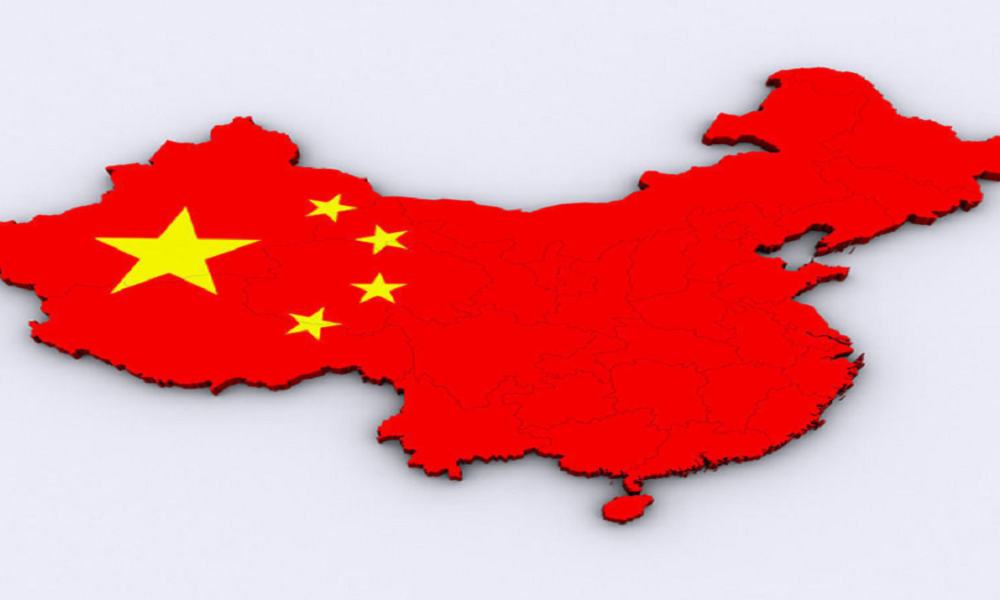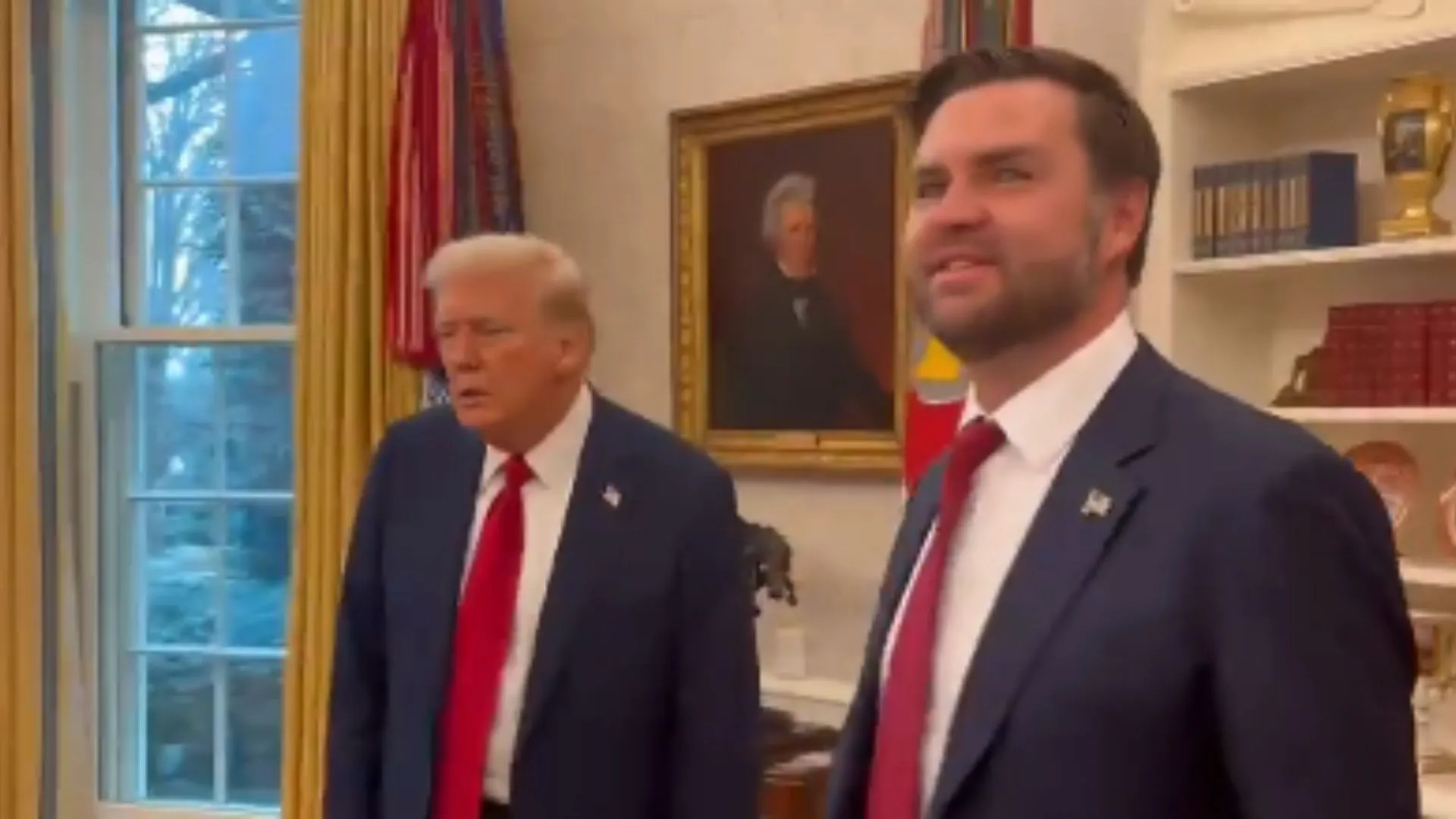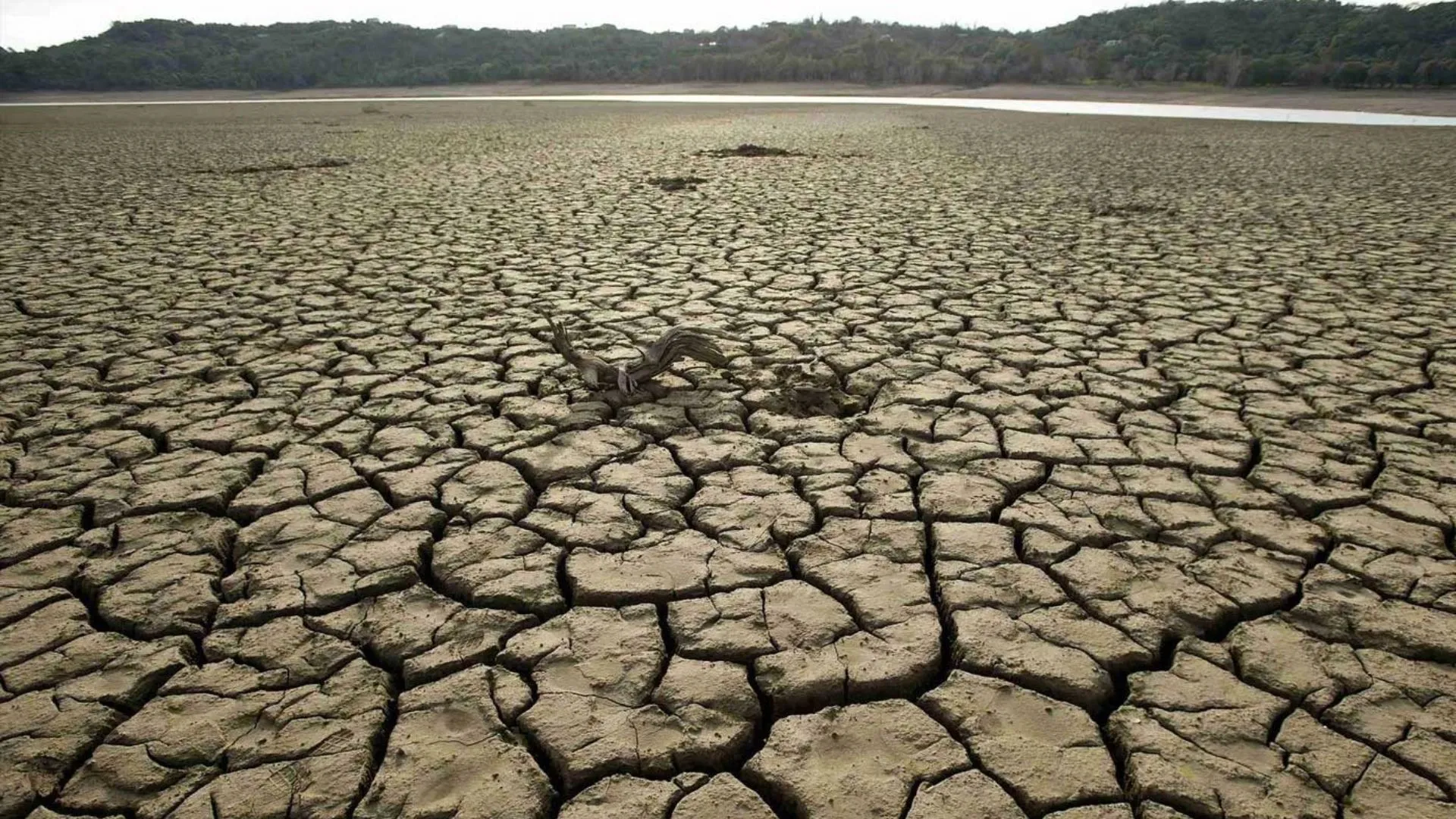Sri Lankan Prime Minister Ranil Wickremesinghe had recently accepted the fact that the Island nation is participating in negotiations with the International Monetary Fund (IMF) as a “bankrupt country.”
Sri Lanka is not the only country that is suffering from the economic crisis, Nepal Maldives and Pakistan are also going through a rough patch. And this all is a gift from China’s Belt and Road Initiative (BRI), The Hill reported. Ironically, China, which offered high-interest loans for infrastructure projects in Sri Lanka, has refused to assist the island nation and remained quiet during its current crisis. President Gotabaya Rajapaksa, who along with his brother, former President and Prime Minister Mahinda Rajapaksa, was responsible for Sri Lanka’s heavy borrowing from China – recently lamented that South Asian countries in financial trouble are not getting the same attention from Beijing as before.
Earlier, Rajapaksa claimed that his request to Chinese President Xi Jinping for a USD 1 billion loan to buy essential goods had gone unanswered and also informed that Sri Lanka was unable to tap a USD 1.5 billion credit line from Beijing, reported The Hill. It is pertinent to mention that Sri Lanka’s budget deficit is currently 13% of its GDP and there is less than USD 2 billion in foreign exchange reserves.
According to the publication, China, for years, has been trying to trap India and force the United States out of South Asia through tricks like bribing the elites and also offering other nations massive loans for grandiose infrastructure projects.
Hambantota port, located around 250 km from Colombo was built with high-interest Chinese loans. The Sri Lankan government struggled to repay the debt they had taken from China following which the port was handed over to the Chinese on a 99-year lease.
This is a tragic fall for a country that has ranked the highest in its region in human development indices and, until recently, had a higher GDP per capita (USD 3,850) than India, Pakistan, or Bangladesh. Even in 2019, Sri Lanka had USD 7.5 billion in foreign exchange reserves. But expensive and unproductive infrastructure projects have become a major factor in the country’s economic decline.
Other than Sri Lanka, China’s closest friend Pakistan is also suffering from an economic crisis. Currently, Pakistan is negotiating with the IMF to avert defaulting on its financial obligations.
The China-Pakistan Economic Corridor (CPEC), an infrastructural project, which was once trumpeted as a game-changer for Islamabad has now turned into the Chinese effort to find a foothold on the coast of the Arabian Sea and close to the oil-producing Gulf states.
China is Pakistan’s single largest creditor. Pakistan’s external debt stands at USD 131 billion, of which USD 41 billion is owed to multilateral creditors and almost USD 19 billion to China.
The heavy borrowing from China and economic mismanagement have resulted in double-digit inflation and erosion in the value of the Pakistani rupee.
The economic problems in both Sri Lanka and Pakistan are partly structural. Elites in both countries pay little in taxes while supporting large military budgets. An endless war against the Tamil minority in Sri Lanka, and against India and Afghanistan in Pakistan’s case, is hardly conducive to investment.























